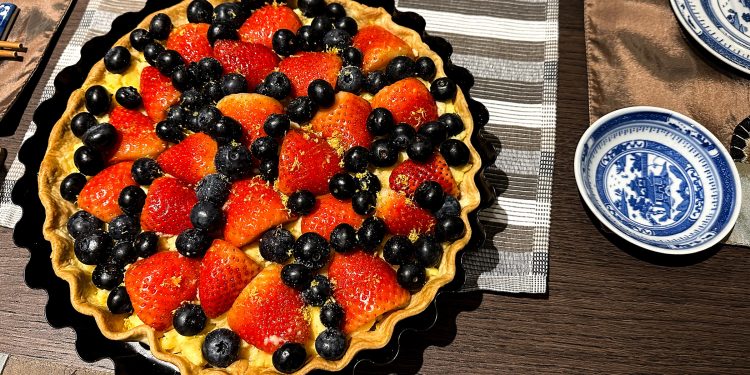In a round table session where I gave feedback to new founders, one pitch stood out. The founder proposition addresses the problem of declining populations in an increasing number of Japanese towns.
As I listened, I replayed a memory reel of the small Japanese towns I have traveled through. In each scene are the visual food displays by local restaurants. Given the overall high standards which come with Japanese establishments, I am always excited, anticipating the real thing. In the sequence of choosing a restaurant, the models are fake examples to guide, nothing more.
in the lingering echoes of our discussion, I find myself extending the comparison between display models and the impact on my senses when I set down to each.
Once I had a real dish, I knew that my future was biased. No display model will ever capture the colours, visual textures, and smells. As pleasant and attractive as a model might be, the dish is always going to be better.
There is a harsh reality that models will never satisfy my hunger, not even a little bit. For me, the sight of a model increases my longing for a real dish! I have experienced the satisfaction that only comes as one consumes the dish and basks in the experience which is created along the way.
The experience is more than the sum of its parts. Yes, I know there are a series of ingredients, steps the cook must take, required temperatures, and the magic of time. Yet a dish also includes the emotions of a chef along with the mysterious power created from the harmony in the contribution of each element.
Some settle for the displays or fast-food substitutions. I wish they knew what they were missing. Paul had a similar regret as this lesson extended itself; when choosing the fake and experiencing disappointment “because they traded the true God for a fake god, and worshiped the god they made instead of the [genuine] God who made them – the God we bless, the God who blesses us. Oh, yes!” (Romans 1.25)




